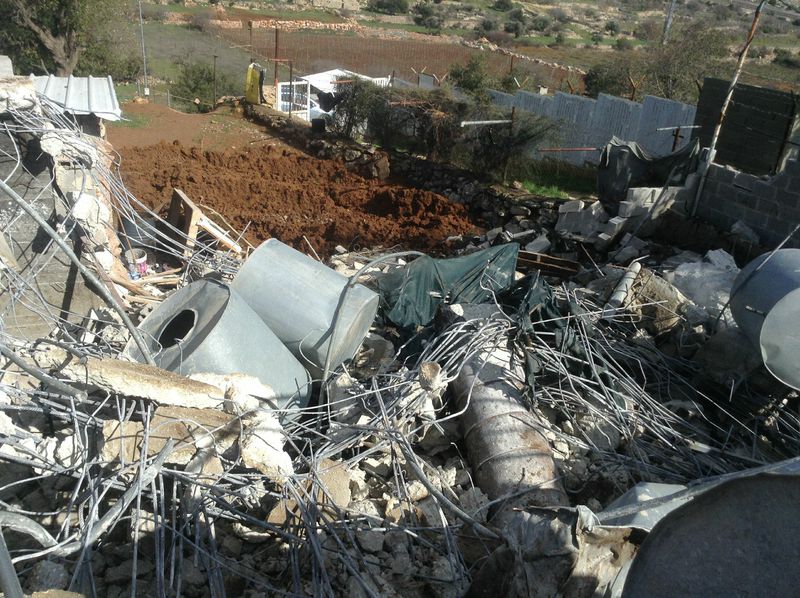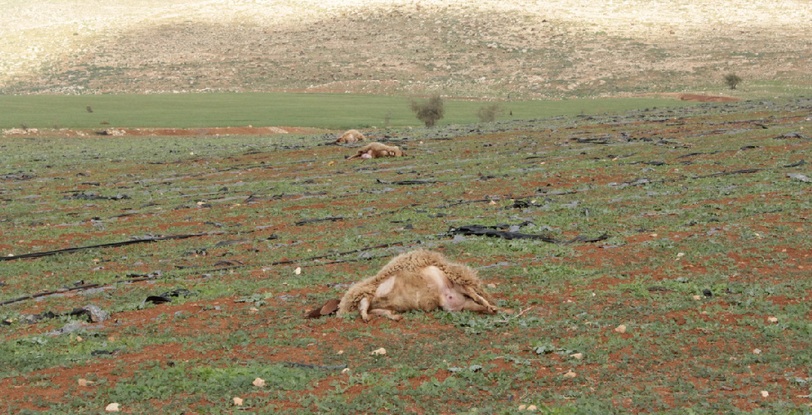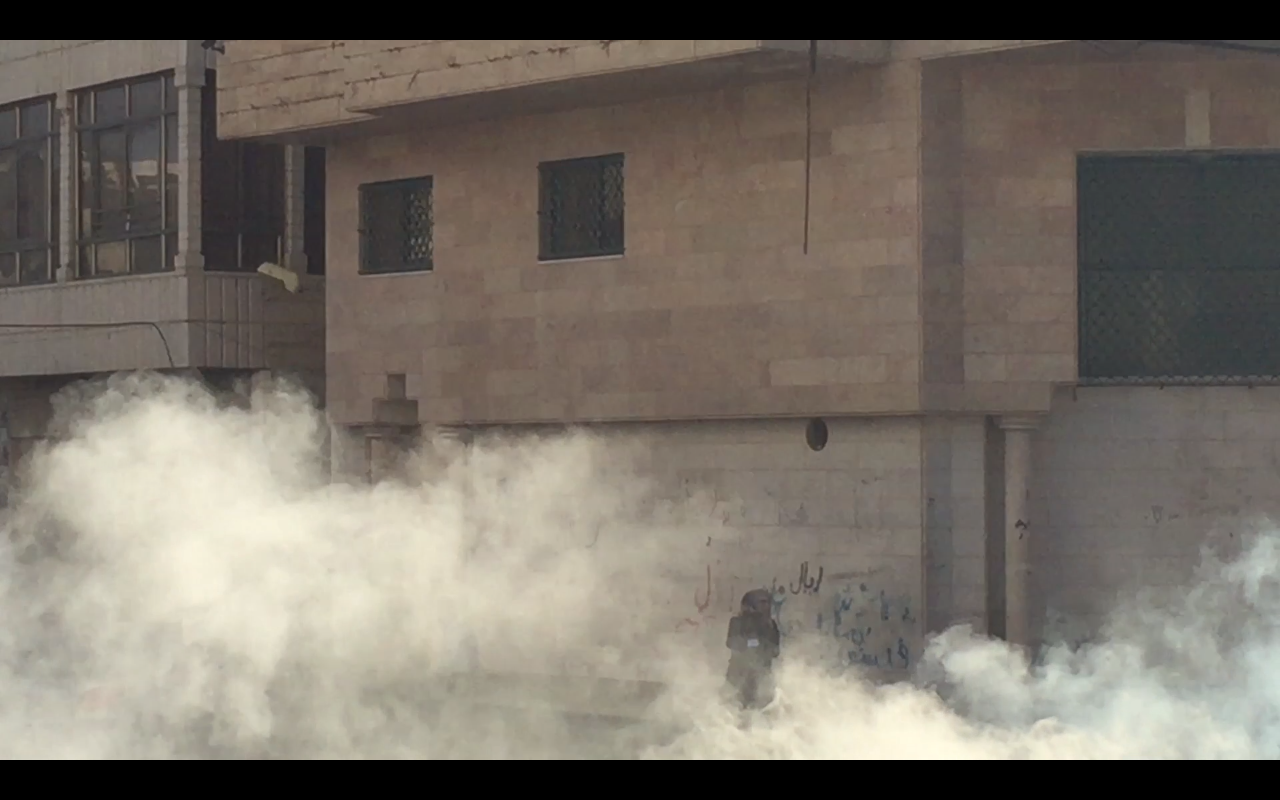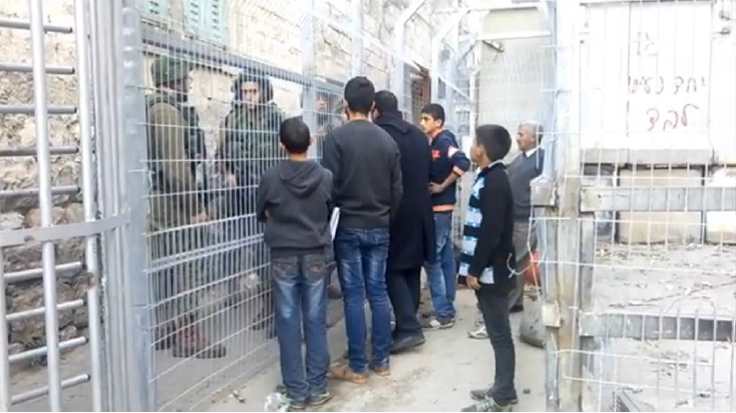Category: Reports
-

Palestinian family’s agricultural building demolished by Israeli forces in Hebron
6th January 2015 | International Solidarity Movement, Khalil team | Hebron, Occupied Palestine On Monday morning in al-Khalil (Hebron), Israeli forces destroyed the building the Jaabari family used to house their farm animals. They appeared at 9:00 AM, armed with a bulldozer which tore up the ground and reduced the sturdy structure, used to house seventy sheep and thirty calves,…
-

Zionist settlers poison 13 sheep near Aqraba
6th January 2015 | International Solidarity Movement, Nablus team | Aqraba, Occupied Palestine Yesterday, ISM volunteers traveled to the area of Lifjim in East Aqraba, where shepherd Mohammed Ibrahim Abu Hamed grazes his sheep. Thirteen sheep lay dead there, foaming at the nose and mouth, one with green vomit visible – a clear case of…
-

VIDEO: “They look like they’re in a war zone, but what they’re aiming at is five-year-olds”
31st December | International Solidarity Movement, Khalil team | Hebron, Occupied Palestine By 10:30 am on Tuesday morning of December 30, Palestinian children attending school near Qeitun checkpoint in al-Khalil (Hebron) had endured over forty tear gas canisters, multiple rounds of rubber coated steel bullets and stun grenades, and the arrest of a twelve-year-old boy. Israeli forces fired down the road…
-
VIDEO: Israeli soldiers close key checkpoint in Hebron
31st December | International Solidarity Movement, Khalil team | Hebron, Occupied Palestine At approximately 14:30 yesterday afternoon, ISM activists approaching Checkpoint 56 from both directions found that it was closed and Palestinians were stuck on either side. Israeli soldiers gave conflicting excuses for closing the checkpoint, none of which were supported by any apparent evidence. On the H2 (Israeli controlled) side…
-
Palestinian bystander shot dead during nightly Israel army arrest raid
18th December 2014 | International Solidarity Movement, Ramallah team | Qalandiya, Occupied Palestine The Israeli army shot dead a young Palestinian man in Qalandiya refugee camp. The army invaded the camp at around 3:00 am on the 16th of December with the aim of making arrests. The young people of the camp came out to…


